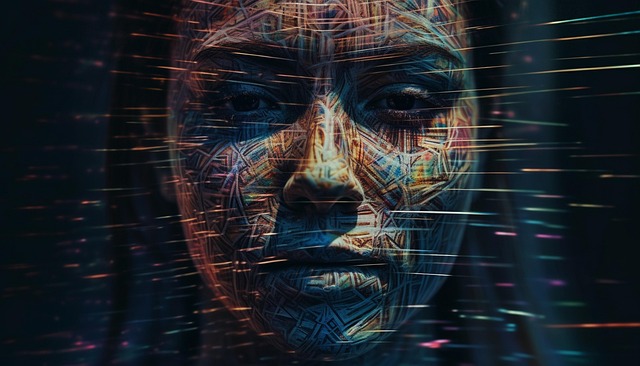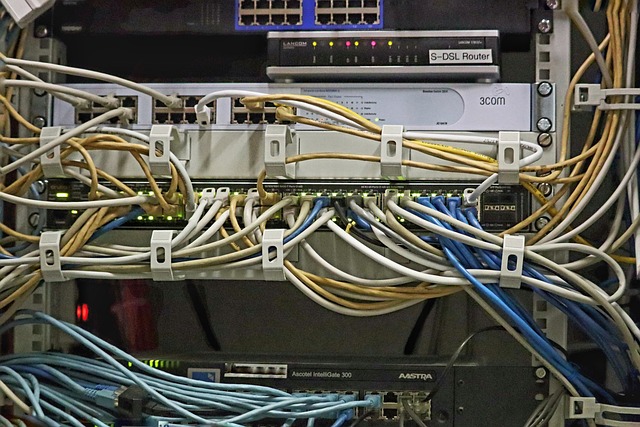# Innovations in AI Technology: How Intelligent Solutions Are Shaping Tomorrow’s World Today
Artificial Intelligence (AI) has emerged as one of the most transformative technologies of the 21st century. Its rapid evolution is reshaping industries, enhancing operational efficiencies, and redefining the way we interact with technology. The innovations in AI technology are not merely incremental; they represent a paradigm shift that is influencing various sectors, from healthcare to finance and beyond. This article delves into the latest advancements in AI, their applications, and the implications for the future.
## The Rise of Machine Learning and Deep Learning
Machine learning (ML) and deep learning (DL) are at the forefront of AI innovations. These technologies enable machines to learn from data and improve their performance over time without being explicitly programmed. Recent advancements in algorithms and computational power have made it possible for deep learning models to process vast amounts of data and recognize patterns with unprecedented accuracy.
Notably, breakthroughs in neural networks have led to significant improvements in natural language processing (NLP) and computer vision. For instance, models like OpenAI’s GPT-3 and Google’s BERT have revolutionized the way machines understand and generate human language. By leveraging these advancements, businesses can automate customer service through chatbots, enhance content generation, and even analyze sentiments in social media posts. The applications are vast, and the potential for transforming user experiences is enormous.
Furthermore, the integration of ML and DL into various sectors is creating intelligent solutions that address complex problems. In healthcare, for example, AI algorithms are being used to analyze medical images, assist in diagnostics, and even predict patient outcomes. This not only increases the accuracy of diagnoses but also reduces the burden on healthcare professionals, allowing them to focus on patient care. As these technologies continue to evolve, their capabilities will expand, paving the way for even more innovative solutions.
## AI in Automation and Robotics
Automation has been a significant area of focus within AI technology, particularly in manufacturing and logistics. The introduction of AI-driven robots has revolutionized production lines, enabling companies to increase efficiency, reduce costs, and minimize human error. These intelligent machines can perform repetitive tasks with precision and speed, which is essential in today’s fast-paced business environment.
In addition to traditional manufacturing, AI-powered automation is making strides in sectors like agriculture and construction. Drones equipped with AI can monitor crop health, assess land conditions, and even assist in planting and harvesting. Similarly, in construction, robotic systems are being deployed to perform tasks ranging from bricklaying to demolition. Such innovations not only enhance productivity but also contribute to safety by taking on hazardous tasks.
Moreover, the integration of AI in automation is fostering the development of smart factories, where machines communicate with each other and make real-time decisions. This interconnectedness allows for predictive maintenance, where potential equipment failures can be anticipated and addressed before they lead to costly downtimes. As industries continue to embrace these intelligent solutions, the landscape of work will undoubtedly change, requiring a workforce skilled in managing and collaborating with AI technologies.
## Ethical Considerations and Future Implications
As AI technology continues to advance, it is essential to address the ethical considerations that accompany its implementation. Issues such as data privacy, algorithmic bias, and job displacement are at the forefront of discussions surrounding AI. Ensuring that AI systems are developed and deployed responsibly is crucial to building public trust and maximizing the benefits of these technologies.
One of the primary concerns is the potential for bias in AI algorithms, which can lead to unfair treatment of individuals or groups. For instance, if training data is not representative, the resulting AI system may perpetuate existing inequalities. To mitigate this risk, organizations must prioritize transparency and accountability in their AI initiatives, actively working to identify and rectify biases in their algorithms.
In addition to ethical considerations, the impact of AI on the workforce cannot be overlooked. While automation may displace certain jobs, it also has the potential to create new opportunities in emerging fields. The demand for AI specialists, data scientists, and ethicists will likely increase as organizations seek to harness the power of AI responsibly. Preparing the workforce for this shift through education and training will be essential in ensuring a smooth transition into an AI-driven future.
## Conclusion: A Future Shaped by AI
The innovations in AI technology are reshaping the world as we know it, offering intelligent solutions that enhance efficiency, improve decision-making, and drive economic growth. From machine learning and deep learning to automation and robotics, AI is making significant strides across various sectors. However, as we embrace these advancements, it is vital to navigate the ethical landscape thoughtfully and prepare for the societal changes that lie ahead.
Looking forward, the integration of AI into our daily lives will continue to deepen, influencing everything from personal interactions to global economic structures. As stakeholders across industries collaborate to harness the full potential of AI, the future promises to be one of unprecedented innovation and transformation. By prioritizing responsible development and deployment, we can ensure that AI technology serves as a force for good, shaping a better tomorrow for all.











